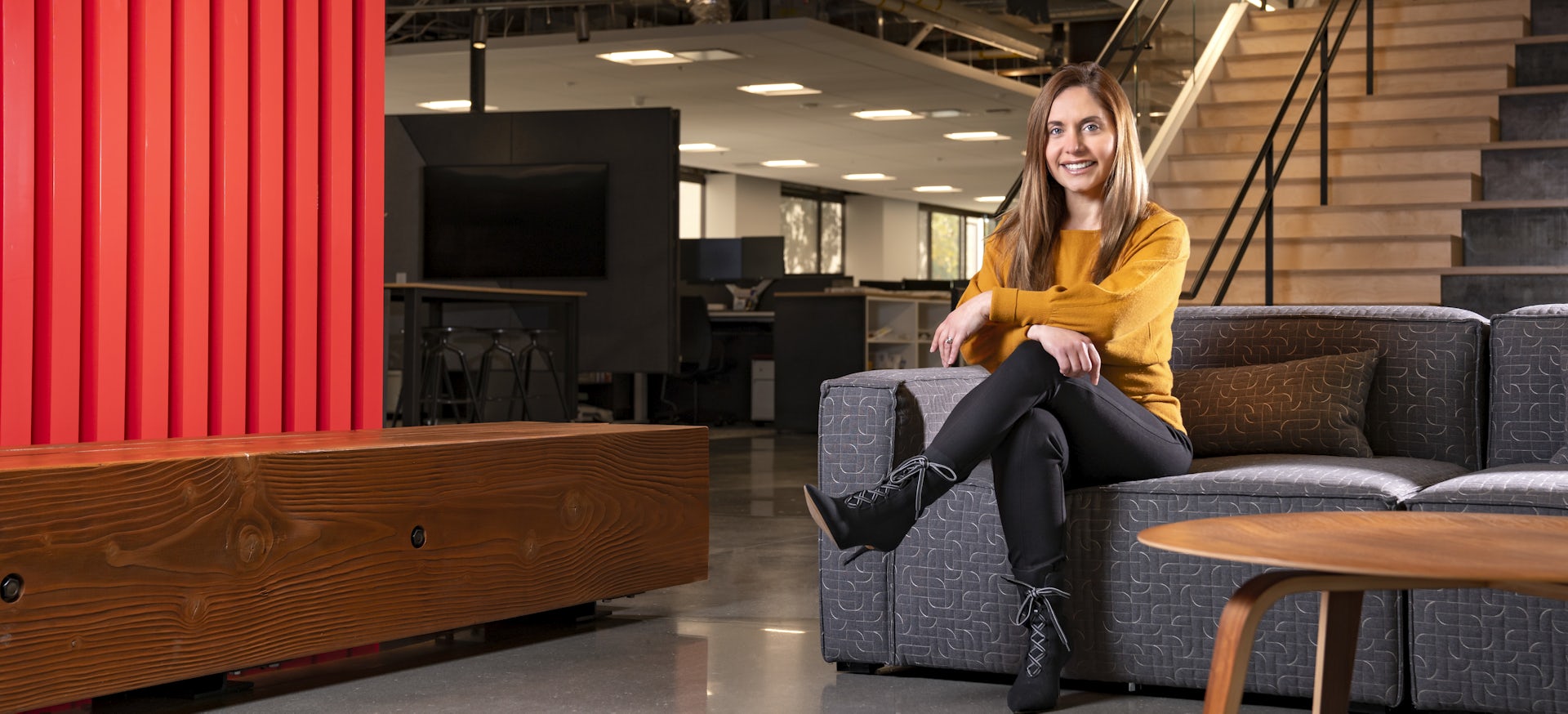Landscape architecture can play an essential role in the life and sustainability of a development. In an interview, LPA Design Director and Principal Rocio Gertler discusses the emotional effect of landscape architecture and its effect on a project’s larger goals.
LPA principal Rocio Gertler is the rare landscape architect with a deep background and understanding of the built environment. Earlier in her career in Mexico, she studied architecture, before shifting her focus to exterior design.
“I felt like the architecture discussions were missing the connection with the outdoors and the site,” Gertler recalls. “These buildings were beautiful, but they didn’t feel like they belonged to a specific place.”
Eventually she shifted her primary focus to landscape architecture, where she has devoted her career to developing sites that work better for people. As the founder of LdG Landscape Architects, she created a boutique firm with a passion for research and collaboration, with a long track record of signature, award-winning designs.
Earlier this year, LdG merged with LPA and Rocio joined the firm’s existing landscape practice as Design Director and Principal.
What do you try to do differently as a landscape architect?
We like to approach every project as a journey. It starts with listening and understanding the site, the surroundings, the client, the end user and the team members. The design process focuses on collaboration and extensive studies to understand how spaces will evolve and transcend. I don’t think we need to invent the wheel on each aspect of the project. But we want to challenge ourselves to create a new concept. We want our designs to be provocative, functional, responsible and unforgettable. We are hard believers that we are creating memorable experiences more than just a project.
Why are you excited about joining LPA?
I don’t think our philosophy is that different. I think we both believe in excellence in design and that design is really for the user. We really need to understand the user in order to do the best job and we need to work in a collaborative way. And sometimes that is a struggle when you are in a team with people from different companies. So, it’s very exciting to come to LPA, where the team members are all going to share the same values and goals towards the design.
What makes your spaces distinctive?
I feel like my projects are all about creating emotions and that’s how spaces are perceived and remembered.
How can landscape be a more sustainable discipline?
Landscape is not only about drought tolerant plants, which we always strive for, but it’s also about what do we do with rainwater. How do we capture water? Can we celebrate how the water is treated throughout the site? Can we make this journey of the water an educational element? These elements can be both functional and beautiful.
Beyond planting, there are a lot of design elements to make a site more sustainable. It starts with the planning of the site and the orientation of the building. Every site improvement can have a sustainable focus — maximizing the open space; the use of local materials that use renewable resources and provide more jobs for local people; the use of materials that are light in color that reduce the heat island effect; the use or permeable materials; a design that provides shade trees or shade structures to provide more usable, comfortable and inviting spaces for the people. There are many strategies.
Having sustainability as the basis of a design, that for me is an amazing pro for working with LPA and I really applaud them for doing that in every project.
Do you find you need to educate people about the effect the discipline can have on a project?
That is definitely a big issue. Some clients don’t appear to see the value. Landscape is not only about adding nice plants at the base of the building. Landscape design is about understanding the site, context, orientation, program relationships, indoor-outdoor connections, architecture design, maintenance, budget and, especially, experience making. Just to ensure that plant material will thrive, we need to dig on the site history, test the soil conditions, site orientation, acknowledge the available water source and irrigation techniques.
Multiple factors relate to the health of the plant material, so it is important that the client, the design team and the contractor understand why all this is important. Plant material is just one of the site improvements we design. The importance of the site improvement design extends to storm water capturing and treating techniques, grading, hardscape, lighting, utilities and site furniture. All these elements contribute to the success of a project.
How does a background as an architect affect your work as a landscape architect?
It definitely influences my work. Architecture, landscape architecture, interior design — it should all be seamless, we are all creating interconnected experiences. One should not experience when one ends and the other starts. t. These are all spaces for people. Having an architecture background and an understanding of the interior constructed environment gives me the tools to have meaningful conversations with the architect on how to translate a design from one end to the other, without having this line in between. It allows me also to have a very architectural eye in terms of order, language, rhythm, symmetry, tectonic elements working together, and materials working together. It all has a reason. It’s not only a scribble on a piece of paper. It’s all about connections, relations, experiences. I think my background allows me to see both sides and create a better weaved connection between the two of them.














